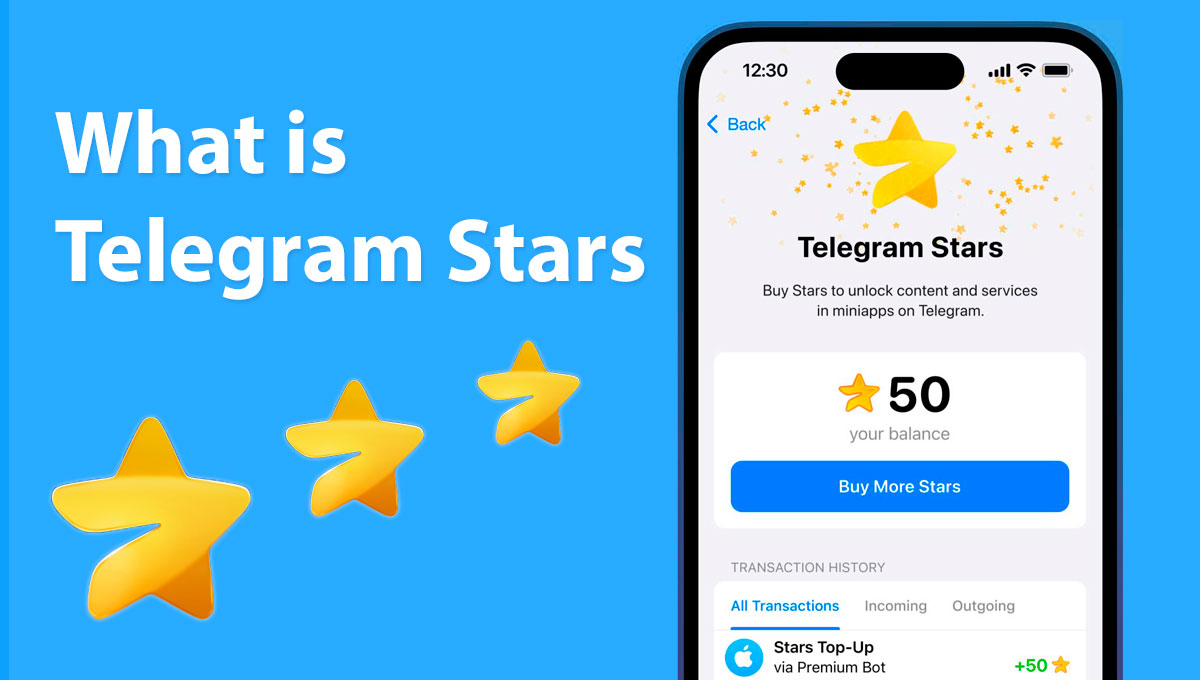Harvest Finance
About Harvest Finance
Harvest Finance is a decentralized finance (DeFi) platform built on the Ethereum blockchain that allows users to earn yields on their cryptocurrency holdings. The platform was launched in July 2020 by an anonymous team of developers.
Harvest offers automated yield farming services. Users can deposit supported crypto assets into various liquidity pools on Harvest and earn rewards and interest through yield farming.
History of Harvest Finance
Shortly after its launch in 2020, Harvest Finance saw rapid growth and adoption in the DeFi space. By October 2020, the protocol had over $1 billion in total value locked (TVL).
However, in October 2020, Harvest Finance suffered a major hack resulting in a loss of $24 million. The team responded quickly, returning the stolen funds to affected users. They also implemented new security measures to prevent future exploits.
Despite this setback, Harvest Finance continued to gain traction and by early 2021 had surpassed $1 billion in TVL again. The project has maintained strong growth, proving itself to be one of the leading yield aggregators in DeFi.
How Harvest Finance Works
In our examination of Harvest Finance, we delve into the mechanics of its operation, which showcases a fascinating blend of innovation and financial acumen. Users of Harvest Finance allocate their capital into specialized vaults, essentially automated financial constructs that amalgamate individual investments to optimize interest earnings through collective staking. These vaults, built upon the Ethereum blockchain, embody the quintessence of yield farming, mitigating transaction-related expenses and enhancing the efficiency of capital deployment in the decentralized finance (DeFi) landscape.
From the revenue generated by these vaults, participants are entitled to a 70% share, with the remaining portion funneled into the acquisition of Harvest Finance’s native token, FARM, thereby sustaining the ecosystem’s reward mechanism. The allure of this model lies not only in its robust annual percentage yield (APY) but also in the minimized network fees, presenting an enticing proposition for yield seekers.
fASSETs
Diving deeper, the operational framework of each vault is meticulously crafted, with pre-defined strategies to maximize yield. Upon investment, individuals receive fASSETs, synthetic tokens, symbolizing their stake and facilitating the eventual claim of earned rewards. These assets are intrinsically linked to the underlying cryptocurrency, ensuring a tangible representation of one’s investment.
The financial dynamics within these vaults are characterized by compounded interest, enhancing the value of fASSETs over time. This compound interest mechanism, integrated with an auto-compounding feature, not only amplifies returns but also streamlines the investment process by reducing transactional overhead.
Security
On the security frontier, Harvest Finance introduces a time lock safeguard, ensuring a buffer period for investors to reassess their commitment in light of strategic adjustments. This provision underscores a commitment to transparency and investor empowerment, setting a benchmark for risk mitigation in the DeFi domain.
In conclusion, Harvest Finance represents a nuanced blend of technological sophistication and financial strategy, offering a platform where individuals can judiciously amplify their capital within a secure and efficient ecosystem.
FARM Token
FARM is an ERC-20 governance token for the Harvest Finance platform. It is distributed to liquidity providers on Harvest as an incentive for supplying funds to the protocol.
FARM holders can stake their tokens to participate in governing Harvest Finance in a decentralized, community-driven manner. Users can vote on proposals that influence the protocol’s operation.
In addition to governance rights, FARM provides holders with a share of platform revenues. FARM has a fixed total supply of 690,420 tokens, of which over 597,000 are in circulation as of 2022.
FARM Token Distribution and Supply
Harvest utilizes a fair launch model for distributing FARM tokens. The token has a fixed maximum supply of 690,420 FARM, which are distributed as follows:
- 64% to liquidity providers on Harvest as rewards
- 21.51% to the Harvest treasury
- 10% to the Harvest team
- 3.49% for seed investors
- 1% for advisors
This distribution model ensures that the majority of FARM goes to active platform users rather than insiders. There is also no pre-mine of tokens before launch.
FARM Token Use Cases
FARM has two primary use cases on Harvest Finance:
- Governance – FARM allows holders to propose and vote on platform upgrades, new feature development, smart contract changes, etc.
- Staking – FARM can be staked on Harvest to earn a yield. All platform fees are distributed pro-rata to stakers as an added incentive.
FARM can also be provided as liquidity on exchanges to earn a share of trading fees. However, governance rights require staking FARM directly on Harvest.
Staking and Yield Farming on Harvest
Harvest allows staking FARM tokens to earn yield. All fees from the platform are distributed to FARM stakers pro-rata. This creates a growing reward stream for stakers.
Users can also earn FARM rewards by providing liquidity to Harvest vaults. The reward rate depends on the pool and current promotion, ranging from tens to hundreds of percent APY.
When providing liquidity on Harvest, users deposit tokens into a vault and receive an interest-bearing token like curve.fi’s crvSTETH in return. These tokens can be staked to compound earnings.
Advanced users can maximize APY by regularly rotating deposits between higher yielding pools. Moving funds is instant since it does not involve actual token transfers.
Governance Structure
Harvest utilizes a decentralized governance model where FARM holders collectively control the protocol. Anyone can submit proposals, while FARM stakers vote on their adoption.
Some governance capabilities include:
- Adding/removing pools and vaults
- Changing fee structures
- Upgrading smart contracts
- Allocating treasury funds
- Freezing contracts in an emergency
Major protocol changes require a 3-day voting period. For urgent matters, the Harvest team can execute some admin functions, but this power is limited to avoid centralized control.
FARM Protocol Security
Harvest Finance implements various measures to enhance the security of funds:
- Regular smart contract audits from firms like Haechi Labs
- A 24-hour time lock on all deposits and withdrawals
- Allowlists for smart contracts authorized to pull funds
- Emergency pause feature to halt deposits/withdrawals
- Formal verification of core smart contracts
- Bug bounty program up to $1 million
Despite these precautions, DeFi protocols like Harvest are still early stage and risk glitches. Users are advised to exercise caution and not overexpose holdings.
The October 2020 exploit was due to a price manipulation flaw that was quickly fixed. Since then, Harvest has maintained a solid security track record as processes mature.
Predictions
Harvest Finance shows strong potential to remain a leading yield aggregator in DeFi. The project has withstood major challenges like the 2020 hack and delivered ongoing innovation since launch.
Upcoming developments on Harvest’s roadmap include cross-chain expansion to layer 2 networks, gamified yield farming mechanics, and native NFT integrations.
As the DeFi and crypto ecosystem grows, Harvest is poised to capture value by allowing users to maximize earnings across various protocols in a seamless, optimized manner.
FAQ
- Hardware Wallets: Like Ledger or Trezor for high security.
- Software Wallets: Such as MetaMask for ease of use.
- Non-Custodial Wallets: IronWallet, for instance, offers robust security without relinquishing control over the private keys, which is essential for those prioritizing autonomy and security in managing their digital assets.






















